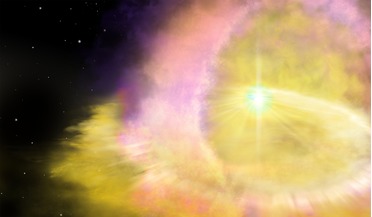 15 April 2020
Scientists discover most brightest and energetic supernova yet
15 April 2020
Scientists discover most brightest and energetic supernova yet
... the Institute of Gravitational Wave Astronomy at the University of Birmingham, is lead author of the study. He explains: "We can measure supernovae using two scales—the total energy of the explosion, and the amount of that energy that is emitted...
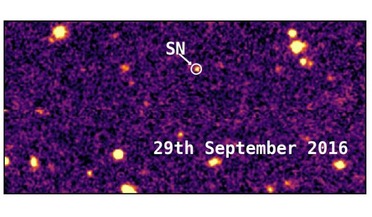 21 February 2018
Oldest known superluminous supernova discovered
21 February 2018
Oldest known superluminous supernova discovered
... given a large enough sample, scientists could then be able to 'standardise' them as they did with type 1a supernovae. Type 1a supernovae are exploding white dwarf stars and are used in cosmology as typical "standard candles" for measuring the...
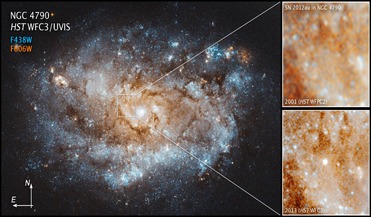 12 September 2018
Birth of new star from a supernova seen for first time
12 September 2018
Birth of new star from a supernova seen for first time
...known to be the leftover core of a star that went supernova. However observing the transition from an exploding massive star to ... surroundings. When a pulsar is born form the ashes of the supernova, if it has a magnetic field and rotates fast enough, ...
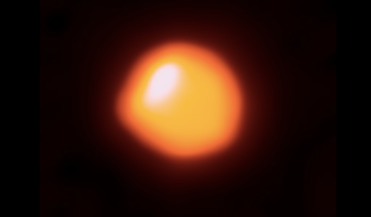 30 December 2019
Will Betelgeuse go supernova soon? Probably not say some astronomers
30 December 2019
Will Betelgeuse go supernova soon? Probably not say some astronomers
...of this luminous giant. Its unusual behaviour has prompted some to speculate that Betelgeuse is on the verge of going supernova; a transformational rebirth event, that given the mass of the star (Betelgeuse is between 8 and 17 times as massive as our...
 12 July 2016
Did two ancient supernovas cause cell mutation and climate change on Earth?
12 July 2016
Did two ancient supernovas cause cell mutation and climate change on Earth?
... to be very little effect at all," he said. "The supernovae were pretty far way – more than 300 light years – that... only at high altitude." The research suggests that the supernovae might have caused a 20-fold increase in irradiation by muons – ...
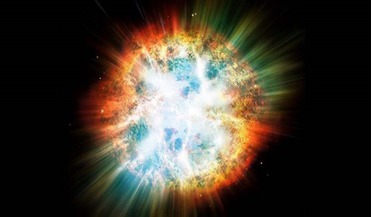 22 March 2016
Astronomers catch a supernova shock wave in visible light for the first time
22 March 2016
Astronomers catch a supernova shock wave in visible light for the first time
...several weeks or months. However the maximum intensity of a supernova explosion occurs after the shock wave and it is this... of these results," said Garnavich. "You look at two supernovae and see two different things. That's maximum diversity." In ...